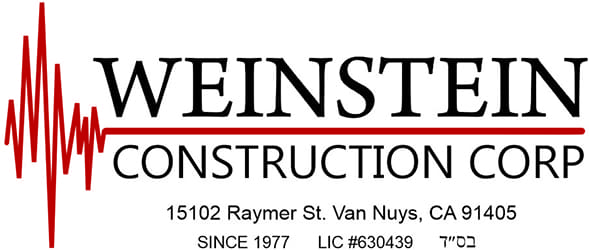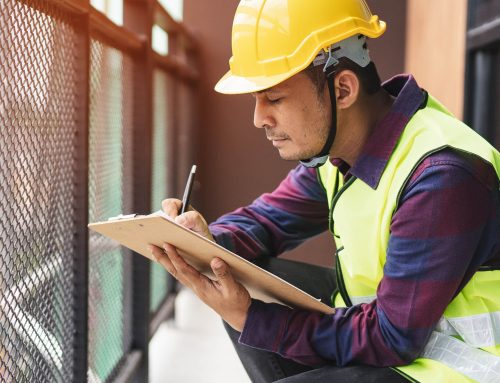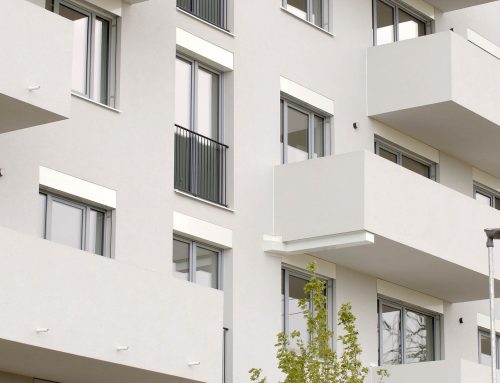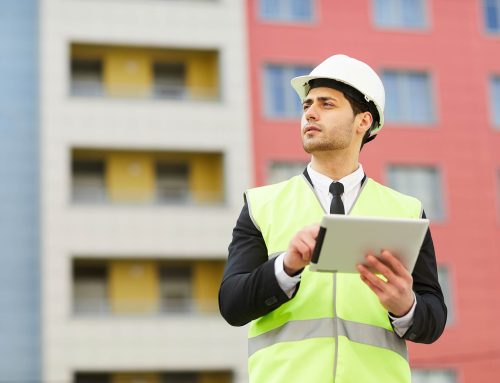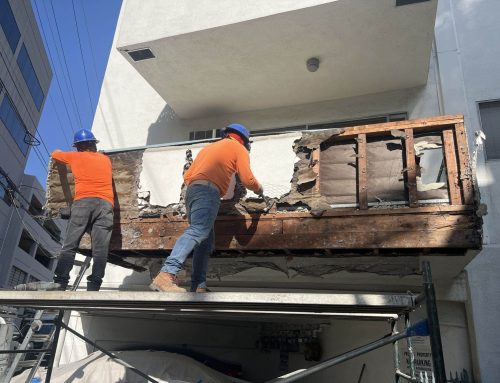Understanding The Balcony Code In Los Angeles
Understanding The Balcony Code In Los Angeles: What Property Owners Need To Know!
Over the past few weeks, some of our clients who own or manage multi-unit residential apartment buildings have approached us and asked us, can you please let us know about the Balcony Code in Los Angeles? These clients were renovating their properties, or seeking to prepare for an inspection of Exterior Elevated Elements (“EEE” or “E3”), and on occasion even reviewing another’s contractor’s faulty work. In other words, these clients wanted technical requirements translated into plain language, and to ensure that their building was up to code before potential issues became costly problems. Well, as we often do, the balcony inspection and repair professionals at Weinstein Construction decided to translate our advice into a quick and interesting blog that could be helpful to you!
Keep in mind the important SB 721 inspection deadline!
At the outset, we must stress (and we can’t say this often enough) that Senate Bill 721 (Apartment Buildings) has a deadline attached to it, and if you are the owner or manager of a multi-family residential property (in other words, a building with three or more apartments in it), you must comply with this act by January 1, 2026. Compliance means you have completed a E3 inspection by that date!
Los Angeles EEE code and building safety regulations
If you are asking yourself about the City of Los Angeles EEE (or E3 program, as some are calling it) and building safety regulations, you should understand that your buildings and their various EEE were (hopefully) already built as per the California Building Code requirements that were in effect at the time the structures were constructed. Those Building Codes, at their core, were designed to protect and provide safety to both life and property.
These codes specify not just the materials that EEE are composed from, but also the EEE’s railing, waterproofing requirements, and load-bearing requirements, among others. If you are not confident whether or not your buildings and EEE were built up to LA building code balcony design standards, then you really may have a problem on your hands and should get your property inspected immediately! If you have questions on this subject, or how to ensure that your property meets LA Code, please call Weinstein Construction’s professionals, who can provide you with information on how to bring your balcony or other EEE up to code!
And so, those building safety regulations that mandated how your EEE should be constructed, were instrumental in making sure that your building was safe. Now, the E3 law is mandating that your property’s balconies and other EEE should be periodically inspected, to ensure that these elements have not been compromised by Mother Nature over time (e.g., through rain, wind, etc.). Do note, however, newly-constructed buildings are typically exempt from compliance with the law for a period of six years from the date their certificate of occupancy was issued.
Tell me again, what Exterior Elevated Elements are considered “in scope” for E3 law compliance?
We are always happy to provide this information! Exterior Elevated Elements (or “EEE”) are those building features that are exterior and typically exposed to weather, are wood-framed (and so not built only in steel or concrete), and are six foot or more above ground or grade (e.g., balconies, decks, porches, stairways, walkways, and catwalks). The E3 Law applies to such elements and brings them in-scope for mandatory compliance!
What types of materials and design features are regulated?
One of the questions we often receive is, what type of design features and materials are regulated and inspected? Well, when licensed professionals such as Weinstein Construction’s inspectors undertake an inspection of your building’s EEE, they will typically look at those elements that are wood-framed, or rely in whole or in substantial part on wood, or wood-based products, for structural support stability.
The inspectors will typically drill small inspection holes to evaluate the condition of an EEE’s enclosed framing, and also to investigate how the EEE and its “associated waterproofing elements” (i.e., coatings, sealants, flashings, and membranes) have been holding up. Opening-up such small areas is absolutely essential in identifying hidden issues. Doing so often uncovers hidden small (and yet material) weaknesses that can turn into huge problems (and hefty repair bills) later on!
Can you provide an example of how an inspection is done?
Yes, of course, here is an example: a small portion of a soffit (e.g., the horizontal underside of the balcony) is opened to see whether or not the enclosed framing cavity was penetrated by moisture, whether the enclosed wood is beginning to rot or is already damaged, and generally whether moisture (or trace evidence of moisture) can be observed or measured. This examination can be visual, or it can also be combined with instruments that evaluate the condition of the materials in question.
In order to make it easier to re-inspect the EEE at a later date, our inspectors typically screen any openings we make, especially in areas where moisture can penetrate. Screening the opening allows for easy re-inspections in the future, and also provides ventilation of the enclosed area! In some cases (e.g., when dealing with fully-enclosed EEE) we may recommend creating multiple screened vents that allow for cross-ventilation of the affected areas.
What materials are allowed for EEE in California Housing Code?
If you are wondering what materials are allowed for EEE in California’s Housing Code, the reality is that the Code allows various materials for exterior elements, expecially those that meet specific performance requirements for fire resistance or ignition resistance. Some of these may include pressure-treated wood, composite decking, etc. They also include waterproofing membranes, coatings, and sealants. Some EEE are also constructed out of metal and concrete, and these can have their own set of issues! But for the purposes of the Balcony Inspection Laws, our inspectors will typically evaluate wood-framed, or those EEE that rely in whole or in substantial part on wood or wood-based products, for structural support stability.
As the mandatory balcony inspection date looms nearer, balcony repair contractors such as Weinstein Construction will become very busy servicing their clients. This means that the longer you wait, the less flexibility you may have in pricing and scheduling your inspections! Choose the right inspector for the job, call us today at 866-623-5788 to schedule your free “California Balcony Law” consultation. Take advantage of lower prices today, as well as help in planning for this important and mandatory inspection program! We will help you ensure that your EEE repairs are done right and for the right price!
WHO WE ARE
WEINSTEIN CONSTRUCTION
866-623-5788
15102 Raymer Street
Van Nuys, CA 91405
CA License # 630439B
RECENT BLOG POSTS
Get free consultation
"*" indicates required fields
Related Posts
WHO WE ARE
WEINSTEIN CONSTRUCTION
Balcony Inspection and Repair Experts
15102 Raymer Street
Van Nuys, CA 91405
CA License # 630439B
RECENT ARTICLES
Balcony Inspection Cost In Los Angeles? Owner & HOAs Breakdown
Los Angeles Balcony Inspection Compliance Timeline Explained
©2025 Weinstein Construction | All Rights Reserved | SEO & Web Design By Bilmar Technologies
